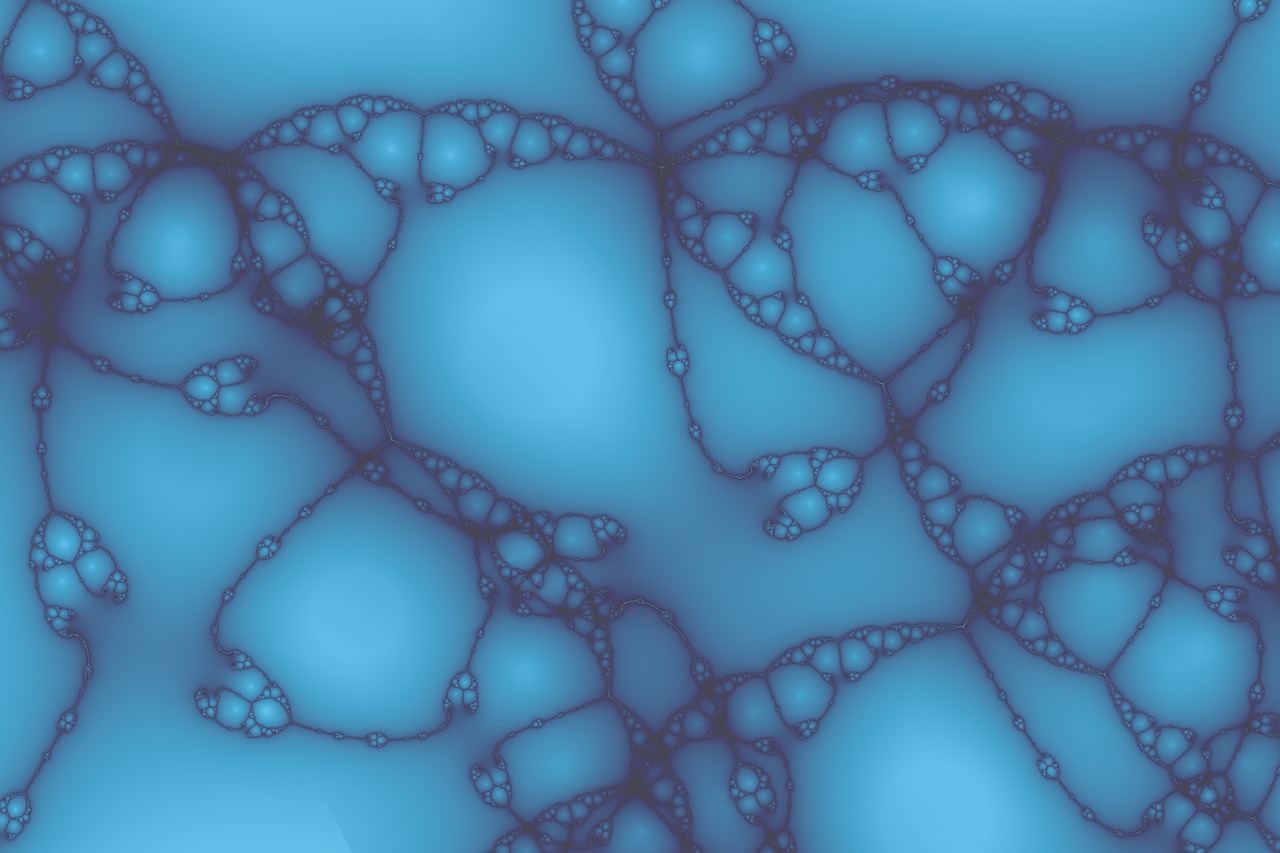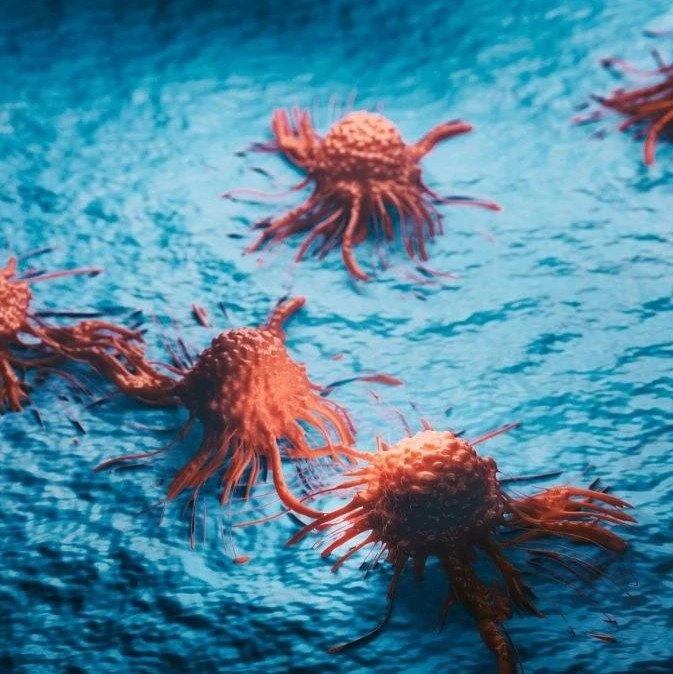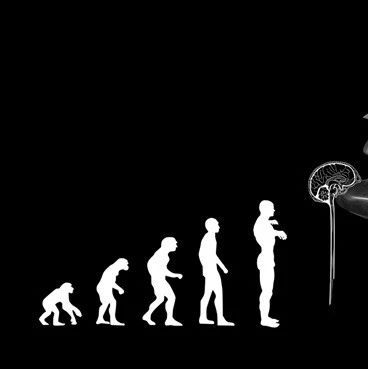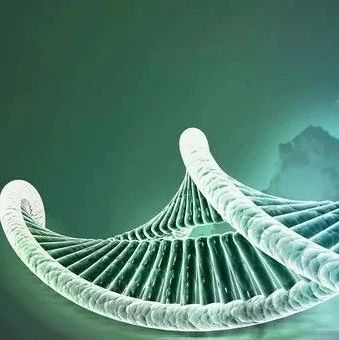
澳大利亚的代表性动物袋狼,又称塔斯马尼亚虎,在20世纪初期被作为捕杀绵羊的凶手而被猎杀殆尽。然而,最近发表在《Journal of Zoology》杂志上的一项研究发现,这种虎的颌非常脆弱,它们的猎物可能最大也不大过一只负鼠。
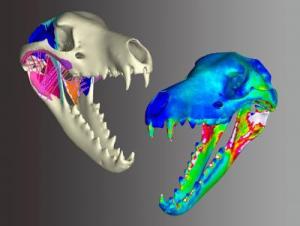
数字压力测试显示塔斯马尼亚虎颌骨并不强大
“我们的研究发现,它那相当无力的颌使得它只能捕捉比它更小更灵巧的猎物,”文章的作者、新南威尔士大学的Marie Attard说道,“考虑到它那重达30千克结实体重和肉食习性,对那种大型食肉动物来说,那是一个罕见的特征。它被认为可以捕杀绵羊大小的猎物,但我们的发现觉得那有些名不副实。”
“由于对于它的食性和进食行为还存在很多讨论,这个新的观点表明,无力捕杀大型猎物可能加速它们的灭绝。”
塔斯马尼亚虎在澳大利亚和新几内亚曾是食肉动物的王者,但是在欧洲殖民时代只出现在塔斯马尼亚。由于栖息地和猎物的缺乏,再加上政府鼓励猎人对其进行捕杀,导致了这种肉食有袋哺乳动物的灭绝。
尽管出现了种群数量上的明显下降,直到1936年9月7号最后一只Hobart动物园里的塔斯马尼亚虎去世前得两个月,它们都没有得到塔斯马尼亚政府的官方保护。
“将已经灭绝的塔斯马尼亚虎的头骨性能与那些现存近亲物种进行比较,我们可以推测它的猎物的大小,”计算生物力学研究团队的领导,Stephen Wroe博士说,“我们非常确定,塔斯马尼亚虎要同其他肉食有袋哺乳动物争夺更小的哺乳动物作为猎物,例如袋狸、沙袋鼠和负鼠。”
“尤其是在大型肉食动物中,食性越单一的物种,灭绝的可能性就越大。生态系统上的一个小小扰乱,比如欧洲殖民者改动土地的方式,都可能足以让这种处于敏感危险境地的物种消失。”
生物探索推荐阅读:
塔斯马尼亚虎神秘消失之谜被解开
塔斯马尼亚虎(袋狼)
生物探索推荐论文摘要阅读:
Extinction risk varies across species and is influenced by key ecological parameters, such as diet specialization. For predictive conservation science to be effective, we need to understand extinction risk factors that may have implicated recent species extinctions. Diet and feeding behaviour of the large extinct marsupial carnivore Thylacinus cynocephalus or thylacine have long been debated. Improved understanding of the skull's biomechanical performance and its limitations in a comparative context may yield important insights. Here, we use three-dimensional (3D) finite element analysis to assess aspects of biomechanical performance in the skull of T. cynocephalus relative to those of two extant marsupial carnivores with known diets that occurred sympatrically with T. cynocephalus: the Tasmanian devil, Sarcophilus harrisii, and spotted-tailed quoll, Dasyurus maculatus. Together, these three species comprised the large mammalian carnivore guild in Tasmania at the time of European settlement. The bone-cracking S. harrisii produced high bite forces for its size as expected, but the stresses induced were surprisingly high. A higher proportion of cancellous bone in the skull of this osteophage may act to absorb shock but decrease rigidity and hence raise stress. A relatively high bite force and rigid skull characterized D. maculatus, which may allow them to target prey of variable sizes. Compared with S. harrisii and D. maculatus, we found that the skull of T. cynocephalus was least well adapted to withstand forces driven solely by its jaw-closing musculature, as well as to simulations of struggling prey. Our findings suggest that T. cynocephalus likely consumed smaller prey relative to its size, which may have had implications for their survival.


